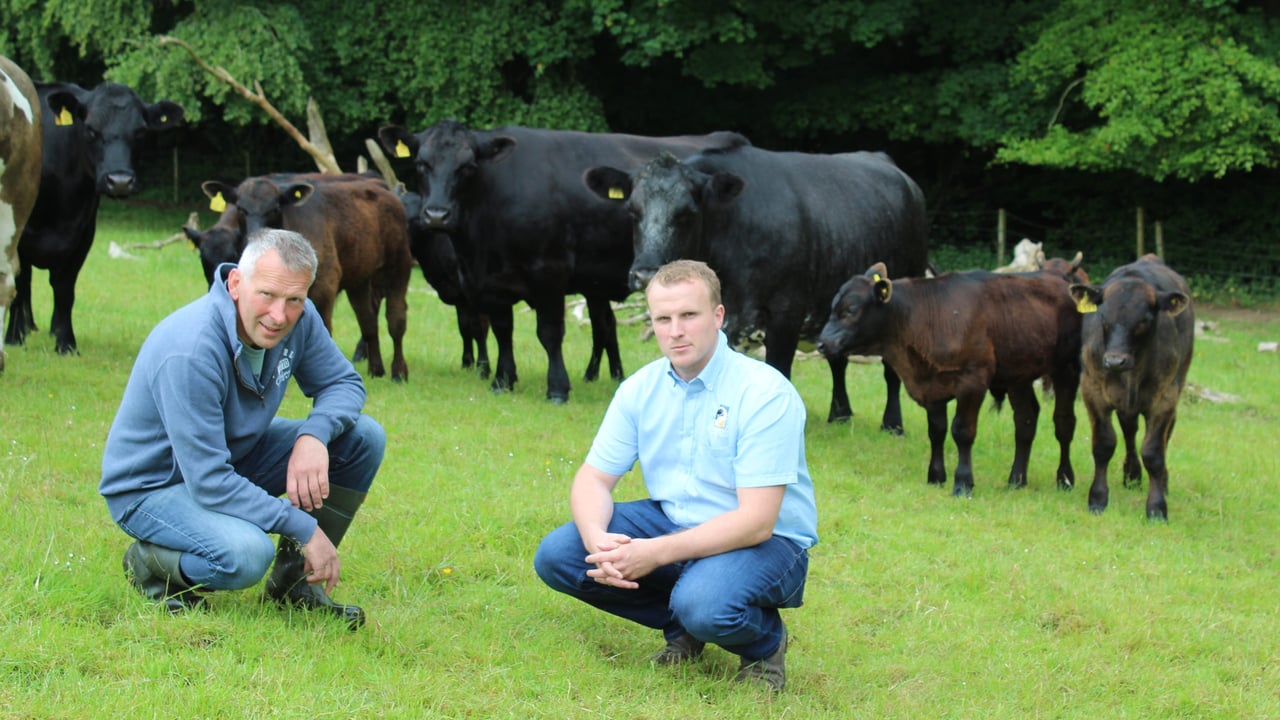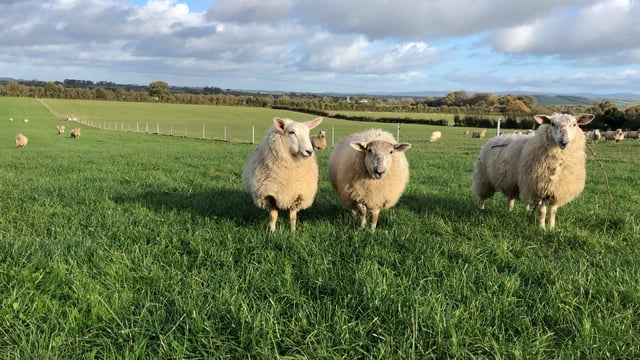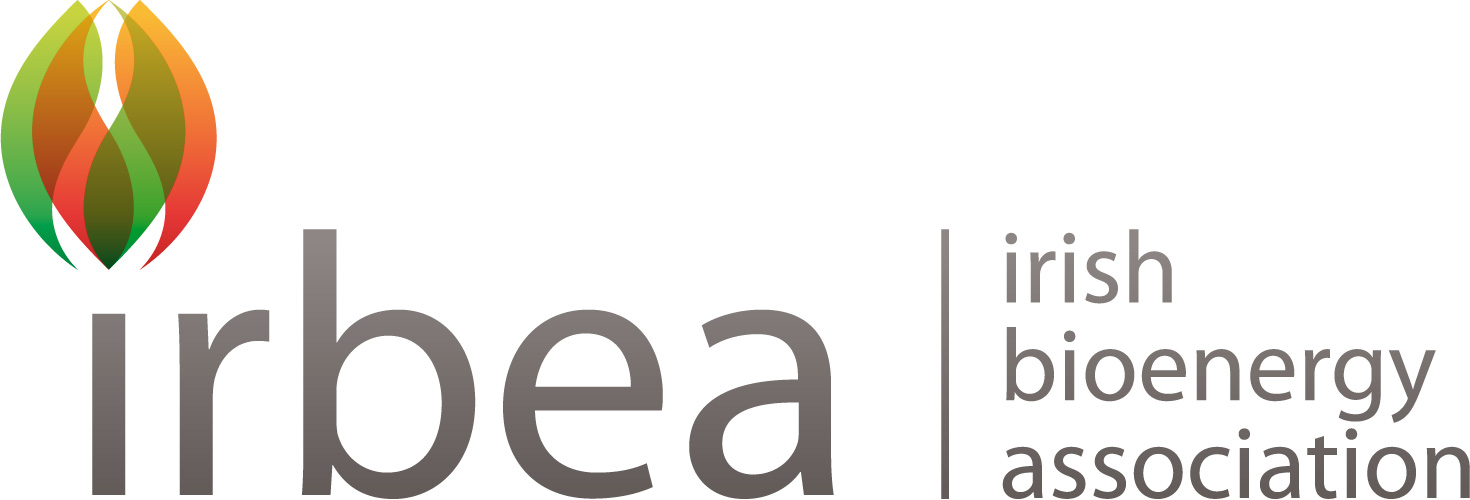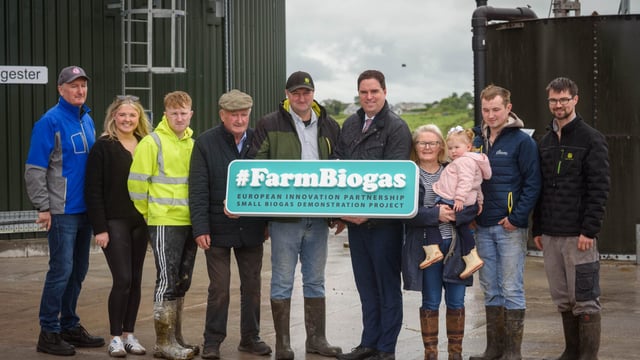Synchronisation is opening up new horizons for suckler farmers
Synchronisation of breeding can deliver greater levels of efficiency across the entire Irish suckler sector.
In Northern Ireland the average suckler herd comprises an average of just 15 cows. So the fundamental question arises: What is the point in buying a bull that costs a minimum of £2,000, which can only be used within the same herd for two years?
Up to this point the purchase of a bull may well have been justified on the basis of farmers working out and not being around to see cows and heifers coming into heat.
But, truth be told, this approach to suckler breeding is fast becoming ancient history. The reality is that synchronising both cows and heifers will deliver superior and more reliable conception rates than could ever be achieved by way of natural service.
AI Services (Northern Ireland) Ltd.’s manager for counties Down and Armagh, James Compston takes up the story:
“Synchronisation is now a fully proven technology within the sucker sector. It can be used to secure up to a 70% conception rate to first service with cows. The equivalent figure for heifers is between 70-80%.
“Synchronisation opens up the opportunity for every suckler herdowner to make best use of AI (artificial insemination) proven sires.
James is also quick to point out that the use of AI removes the safety issues relating to the presence of a bull on-farm.
“It makes no sense to use a bull for only two months or so and then to have him hanging around, doing absolutely nothing for the rest of the year,” he said.
According to the AI Services’ representative, modern synchronisation techniques are straightforward to implement.
“Vets are only too happy to help out, in this regard, if required,” he said.
“And yes, there is a requirement to put cows and heifers up through the crush on a number of occasions to make this all happen.
So how does a suckler farmer, who has never used synchronisation up to this point, actually kick start the process?
“It’s simply a case of waiting six to seven weeks after the last cow has calved and then starting the synchronisation clock," said James.
“All the cows can then be inseminated on the same day. Those conceiving should calve down within a very short period of time approximately 40 weeks later. Different bulls will have slightly different gestation period."
Michael Griffith runs a herd of 80 suckler cows at Saintfield House Estate in Co. Down. He breeds all his own herd replacements.
Michael has synchronised all his cows and heifers for the past 10 years.
“It’s a win: win scenario from every perspective,” he said.
“First off, the technology works. I have grouped 40 plus cows for insemination on the same day and secured tremendous end results. Taking this approach also means that I can make best use of a technician service, when it comes to actually inseminating the animals
“Synchronisation also allows me to plan the development and management of the herd."
“From a timing point of view, the main bulk of the herd is calving at the same time as the ewes are lambing," he continued.
“I am up in the sheds anyway, so it makes sense to get on with both jobs at, basically, the same time.
“The largest number of cows that calved on the same day up to this point has been six. So it’s by no means a case of all hands to the pump at calving time.
“It also means that I have a larger group of animals to choose from when it comes to selecting heifer replacements," he added.
“I would encourage every suckler farmer to consider the use of synchronisation. It has certainly opened up a host of new opportunities for me."






